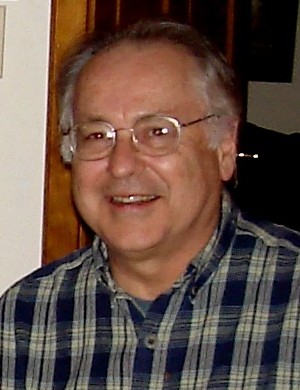Field Structure Theory, Part 1: The Particle Hierarchy Chart
Year: 2007
Field Structure Theory is an independent investigation into mass/energy values of fundamental particles as generated by the skew geometry of Field Structures. In the 2005 meeting, the skew geometry of Field Structures was presented for the first time. At the 2006 Univ. of Tulsa meeting of NPA, the first attempt to explain how the Field Structures (FS) produced by this geometry are the geometric architecture for 1st. generation particles was made in the concluding minutes of the presentation. Due to the limited time available, the connection of Field Structures to physical mass/energy values was admittedly incomplete and highly sketchy. There was not sufficient time to make the proper hard connections between the FS models and fundamental particles. This year I will reverse the order of presentation and begin with the Particle Hierarchy Chart (PHC) and proceed to connect the particles to the FS models. The FS approach is coming at the problem of understanding how particles form, from a completely new direction from what may be called the structural approach. I have found it very difficult to explain this approach to listeners who do not build models or think structures. Physics, from the historical perspective, abandoned model building when the Uncertainity Principle and probabilities became the modus orperandi for quantum physics during the 1920's.. The last serious attempt to model the atom, from the structuralist point of view, was done by Buckminster Fuller and Kenneth Snelson. Previously Lord Kelvin (William Thomson) together with Peter Tait in the late 19th century had tried, and failed, to build convincing atomic models by defining all possible knot forms. Bhor's atom and subsequent descriptions by physicist during the 20th century were metaphors as opposed to an actual working structural conception. The difficulty has been that structural models could not muster a defense of determinism because the structural systems that were being used were incapable to deal with the quantum scale realities of particle architecture. Plainly speaking, the concept of structure was itself flawed and inadequate. Field Structures addressed the deficiencies of structural thinking by discovered that action loops structured by skew geometry axioms would allow the structural system used by nature to emerge. The conceptual basis for the Particle Hierarchy Chart (PHC) is that each particle is a platform produced by the interaction of lesser massive/energetic particles. Particles, by analogy, like seeds, grow out of a (family) tree. When physics measures particles, they dis connect the particle from the family tree to which they are attached, be they a larger particle or atom, and then look at it in isolation once the support structure has been removed. Since the particle cannot be measured in the family tree, measuring it when disconnected from the tree gives no indication of how it is derived. Hence how particles got the mass/energy ratios they have remained a mystery. To understand the stand-alone value of a particle, FST builds the family tree (the particle hierarchy) and then to ascertain the standalone value, subtracts the particles that must depart from the family tree along with the intended particle, to get the proper particle mass/energy values. Because each particle has a different value when bound to other particles as they are in the hierarchy, the structure of the particle hierarchy is the key to understanding mass/energy values.


